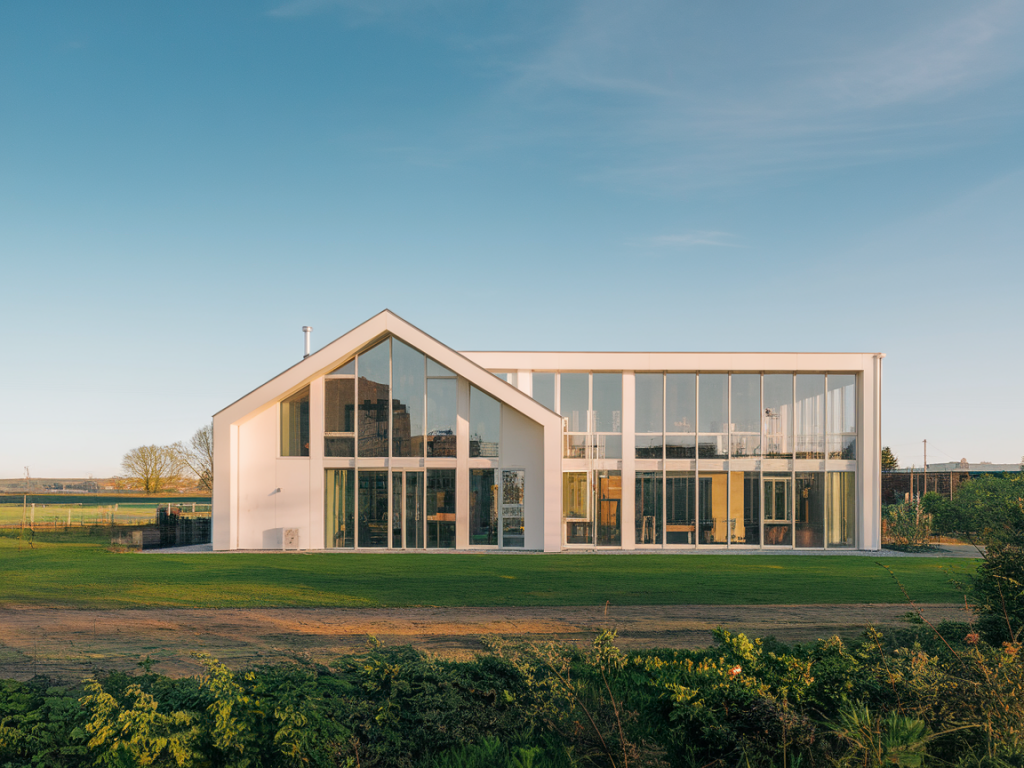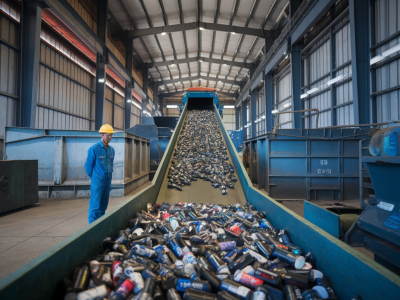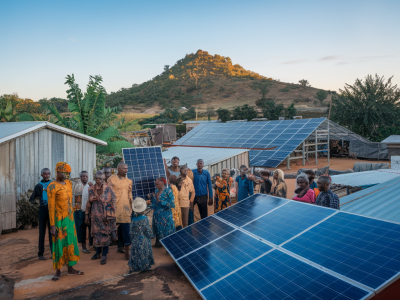
When we think about reducing energy consumption at home, our minds often jump to investing in solar panels, upgrading to energy-efficient appliances, or even installing a smart thermostat. But what if I told you there's an architectural approach that dramatically minimizes energy use, creating homes so efficient they can reduce heating and cooling needs by up to 90%? Enter passive house design—a concept that not only improves energy efficiency but also promotes comfort, health, and sustainability.
What Is Passive House Design?
Passive house design (or "Passivhaus" as it originated in Germany) is more than just a buzzword—it's a rigorous, research-backed construction standard aimed at optimizing energy use. Unlike traditional building practices, a passive house is designed to maintain a consistent indoor climate with minimal reliance on mechanical heating or cooling systems. This is achieved through principles like airtight construction, enhanced insulation, high-performance windows, and strategic ventilation systems.
The result is a home that not only reduces your environmental footprint but also maintains a more comfortable indoor environment year-round. What I find so inspiring about passive house design is its scalability. Whether you're building a compact cottage or a large family home, its principles can be adapted to suit your needs.
Key Features of Passive House Design
Passive house construction focuses on five core principles that work together to create an energy-efficient and sustainable living environment. Let me break them down for you:
- Airtightness: By minimizing air leaks, passive homes prevent unwanted heat loss in winter and keep hot air out during summer. This also contributes to better indoor air quality by keeping out pollutants.
- High-Performance Insulation: Superior insulation is used to maintain a stable indoor temperature, drastically reducing heating and cooling needs. Think of it like wrapping your home in a high-quality thermal blanket.
- Thermal Bridge-Free Construction: Passive homes eliminate thermal bridges—areas where heat can transfer easily (like joints or poorly insulated corners)—which helps retain energy.
- High-Quality Windows: Triple-glazed windows with low-emittance coatings and insulated frames play a significant role in keeping the indoor climate regulated while maximizing natural light.
- Heat Recovery Ventilation: A mechanical ventilation system with heat recovery ensures continuous fresh air without losing warmth in winter or coolness in summer.
While these principles may sound technical, their effects are practical and tangible. I once toured a passive home during summer, and despite the sweltering heat outside, the interior remained refreshingly cool without the need for air conditioning!
The Financial Perks of Passive House Design
At first glance, passive house construction might seem like an expensive investment. However, its long-term financial benefits make it a cost-effective choice for homeowners and even developers. Let’s talk numbers:
- Lower Energy Bills: Because passive homes require significantly less energy for heating and cooling, you can expect to see a dramatic reduction in monthly utility costs. Many homeowners report savings of up to 90% compared to traditional houses.
- Durable Materials: Passive houses are built using durable, high-quality materials, which means fewer repairs and replacements over time.
- Increased Property Value: With growing interest in energy-efficient living, passive homes tend to have higher resale values, making them a smart long-term investment.
Brands like Zephyr Ventilation offer state-of-the-art heat recovery ventilation systems designed for passive homes, optimizing both your energy savings and comfort. Pair this with high-performance windows from Internorm, and you'll be reaping financial rewards in no time.
Health and Comfort Benefits
Beyond energy savings, passive house design profoundly enhances indoor comfort and well-being. As someone deeply invested in promoting sustainable and healthy living, I find this aspect especially impactful. Here’s how passive homes can contribute to a better quality of life:
- Consistent Indoor Temperatures: Say goodbye to chilly drafts in winter or hot patches in summer. Passive homes maintain a stable indoor temperature, no matter the weather outside.
- Improved Air Quality: The airtight construction and ventilation systems filter out allergens, pollutants, and even noise, creating a safe and serene living environment.
- Moisture Control: By preventing condensation, passive design reduces the risk of mold growth, protecting both your home and your health.
As someone who has spent years studying and writing about sustainable solutions, I’m continually amazed by how innovations like passive design marry technology with practicality, making this lifestyle upgrade as beneficial for your health as it is for the planet.
Who Should Consider Passive House Design?
If you're wondering whether passive house design is right for you, let me offer some insights. It’s an excellent option if:
- You’re building a new home and want to invest in long-term sustainability and energy savings.
- You’re passionate about reducing your carbon footprint without compromising comfort.
- You want to future-proof your home against rising energy costs and increasingly extreme weather conditions.
Even if you're renovating, you can incorporate passive house principles like upgrading to better insulation or installing energy-efficient windows. It’s a flexible approach that can be tailored to fit different budgets and project scales.
Final Thoughts
What I love most about passive house design is its ability to address multiple pressing challenges at once—from climate action to improving personal well-being. Imagine living in a home that doesn’t just feel good but also does good for the environment.
If you're intrigued by the potential of passive house design but unsure of where to start, I recommend checking out resources from the Passive House Institute or consulting with a certified passive house designer. These professionals can guide you through every step, ensuring your journey towards a more energy-efficient, sustainable home is a successful one.

